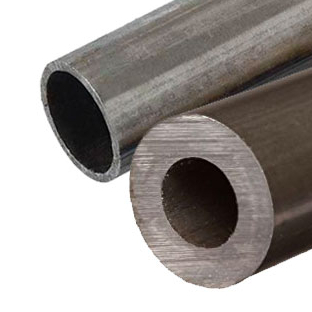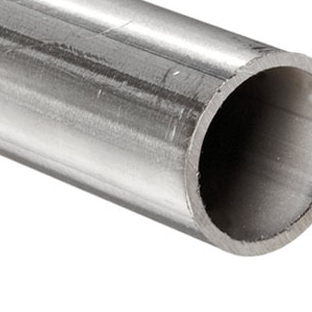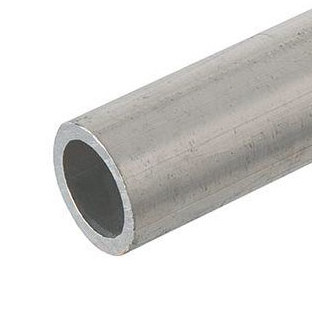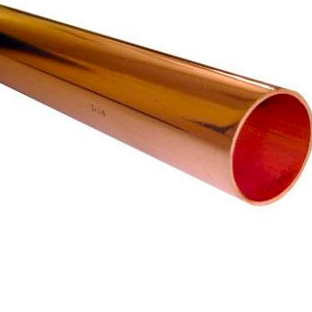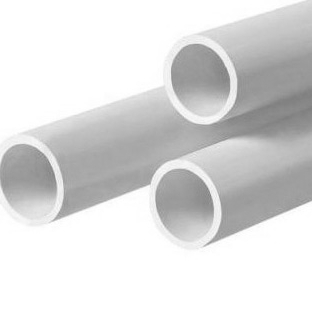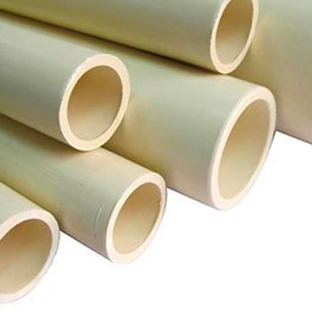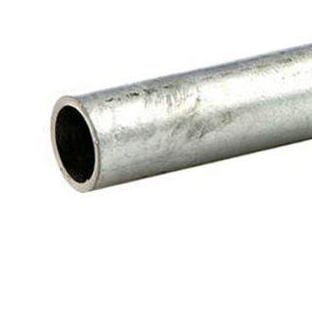
A hollow cylinder has 3 important dimensions which are:
1. The outside diameter (od)
2. The inside diameter (id)
3. The wall thickness (wt)
These three are related by a very simple equation:
od = id + 2 * wt
One can completely specify a piece of pipe/tube by supplying any two of these numbers.
Tubing is more used in structures so the od is the important number. The strength of a steel tube depends on the wall thickness. So tubing is specified by the outside diameter and the wall thickness. Steel tubes are also not only supplied in round sections but can be formed into square and rectangular tubes. Each square or rectangular steel tube has a different mother tube, meaning that they are formed from the original round tube. The round tube will pass through a forming and a sizing section on the tube mill. During the same process it will continue through a couple of sets of turks which will form the round tube to a square or a rectangular steel section.
Pipes are normally used to transport gases or fluids so it is important to know the capacity of the pipe. Here the internal cross-sectional area (defined by the id) is important. It's therefore not surprising that pipes are specified by the inside diameter (id). It is common to identify pipes in inches by using NPS or "Nominal Pipe Size". The metric equivalent is called DN or "diameter nominal". The metric designations conform to International Standards Organization (ISO) usage and apply to all plumbing, natural gas, heating oil, and miscellaneous piping used in buildings. A plumber always knows that the id on the pipe label is only a *nominal* id. As an example, a (nominal) 1/8 wrought steel pipe will typically have a *measured* id of 0.269 (schedule 40) or 0.215 (schedule 80). (More below about those schedule numbers.)
The key in the difference is the application where both tube and pipe are used for. For instance, a (nominal) 1/8 schedule 40 pipe will have a wall thickness of 0.068 (id=0.269) while a 1/8 schedule 80 pipe will have a wall thickness of 0.095 (id=0.215). And these schedule numbers do not reflect a constant wall thickness. For instance, a (nominal) 1/4 schedule 40 pipe has a wt = 0.088 while the same pipe in schedule 80 has wt = 0.119. Generally speaking, a tube will have a consistent OD and its ID will change.
Steel tubes used in structural applications would most likely be seam welded while pipes are normally a seamless steel product. Some steel tubes are also used in the transport of fluids, even though they are seam welded. These include steel tubes for water pipes and welded tubes are commonly used in the agricultural industry for manufacturing pivots. Such tubes will undergo a process called pressure testing were the tube is sealed at both ends and water is pumped through the tube up to a certain level of pressure. This will quickly indicate if there is a leak or a bad spot in the weld of the circular hollow section tested.
quis nostrud exercitation ullamco laboris nisi ut aliquip ex ea commodo consequat.
 English
English Español
Español


